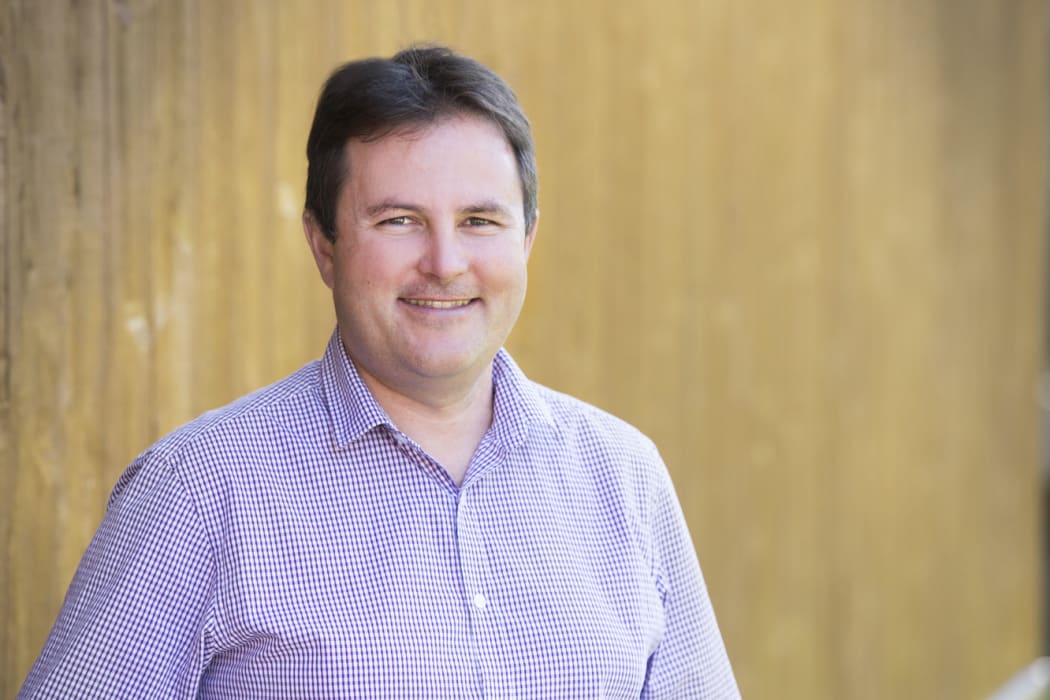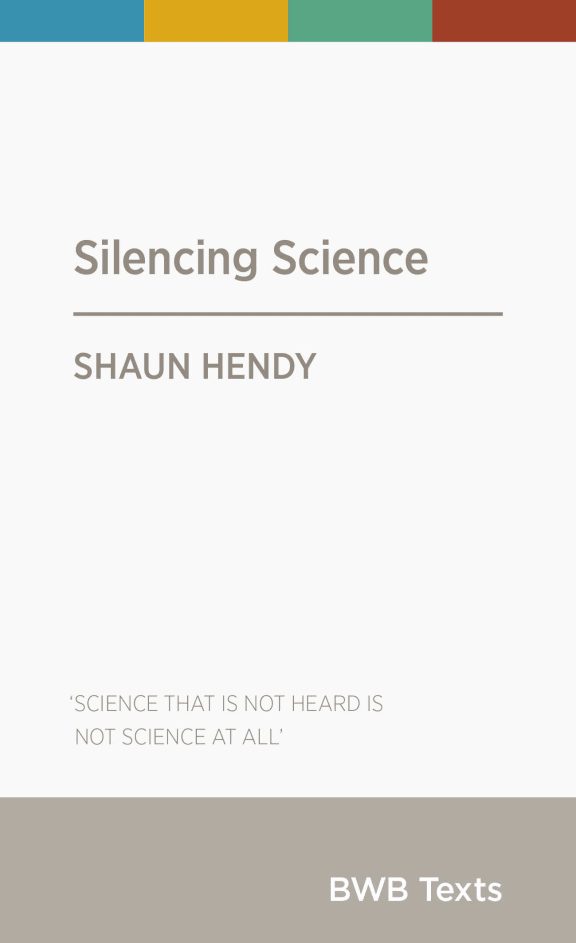Shaun Hendy, one of New Zealand’s most prominent scientists, is calling for a science commission to ensure that scientists can engage openly with the public during times of crisis or controversy.

In his latest book, Shaun Hendy, the director of the centre of research excellence The Pūnaha Matatini, tackles the issue of why scientists are often reluctant to speak out publicly. Photo: Supplied
The Fukushima nuclear disaster, Fonterra’s botulism scare, the Canterbury earthquakes – these are just some recent examples that challenged scientists to keep the public informed during a rapidly evolving event.
In his latest book, Silencing Science, Shaun Hendy, uses such examples to illustrate how scientists are often prevented from speaking out, either by commercial interests or concerns about their funding and criticism from their peers.
He says during Fonterra’s botulism debacle, most experts on food-borne diseases and food safety were quickly recruited to an advisory body for the Ministry of Primary Industries and had to sign non-disclosure agreements. That left the public in the dark and the media scrambling to find somebody who could comment and make sense of information released by Fonterra, which was in contrast to announcement made by one of the company’s former managers. University of Auckland microbiologist Siouxsie Wiles became the main commentator through her blog and interviews.
In the case of the Fukushima disaster, scientists had warned Japan’s nuclear industry about the risks to the power plant from tsunami waves, but they remained passive, merely sharing scientific evidence but not calling for action.

Photo: Bridget Williams Books
Hendy, a physics professor at the University of Auckland, director of the centre for research excellence Te Pūnaha Matatini, and the recipient of the 2012 Prime Minister’s science communication prize, says commercial sensitivity is one of the most obvious barriers for scientists wanting to contribute to public debate.
"We’ve been required to demonstrate more impact from our work, so there’s a shift away from basic research, particularly in Crown Research Institutes, towards industry-funded research, so we’re actually hitting constraints."
Another barrier lies within the science community itself. “It used to be that people towards the ends of their careers were the ones who spoke to the public. Now we’re seeing students who are very effective science communicators, and I think that’s changing the culture of science and leading to a bit of a backlash.”
He says an antidote to criticism from within or outside the science community would be to encourage more scientists to engage with the public and to use blogs and social media to establish a profile.
Having a social media presence not only helps to make science more transparent but also protects individual scientists from being misquoted, he says. “If you are on the record making statements through social media then you’re insulated to a certain extent against being misquoted. If you do get misquoted, you can point to the blog, and if you’ve got a blog up, a journalist is less likely to misquote you.”
Professor Hendy says scientists can take on different roles, including advocacy, as long as they are explicit about it. “Traditionally, and perhaps for a long time, the safest thing has felt like we just put the facts out. There are still scientific organisations that work that way, that avoid controversy and simply put out the scientific findings.”
He would like to see a science commission set up that is independent of government funding and responsible to parliament rather a government minister.
- Silencing Science is published by Bridget Williams Books.

